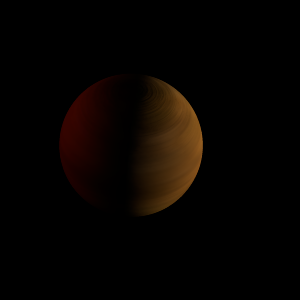|
|
Space Astro
|
Info for exoplanet "Makyomo"
| Scientific (actual) data |
|---|
| Name | TOI-700 c |
| Planet status | Confirmed |
| Planet mass | 0.0079 |
| Radius | 0.232 |
| Orbital period | 16.0511 |
| Semi major axis | 0.0929 |
| Orbit eccentricity | 0.068 |
| Inclination | 88.9 |
| Discovered | 2020 |
| Updated | 2025-07-14 |
| Omega | 30 |
| Tzero tr | 2458820 |
| Tzero tr sec | 2458330 |
| Impact parameter | 0.899 |
| Publication | Published in a refereed paper |
| Detection type | Primary Transit |
| Mass measurement type | Radial Velocity |
| Radius measurement type | Primary Transit |
| Star name | TOI-700 |
| Right ascension | 97.1° |
| Declination | -65.58° |
| Mag v | 13 |
| Star distance | 31.127 |
| Star metallicity | -0.07 |
| Star mass | 0.416 |
| Star radius | 0.42 |
| Star sp type | M2V |
| Star age | 1.5 |
| Star temperature | 3480 |
| Wikipedia article | TOI-700 c |
Back
| |
| Fictional info (?) |
|---|
| Suggested name | Makyomo |
| Planet type | Planet |
| It is a planet planet with a mass one-thousandth that of TOI-700, but two-and-a-half times that of all the other planets in its solar system combined. |
| Atmosphere | Ethane | 97% |
| Argon | 2.9% |
| Krypton | 1.0E-6% |
| Atmospheric pressure | 0.018 bar |
 |
| No known satellites |
| Google search for Makyomo |
|
Website by Joachim Michaelis
|
|
|
|